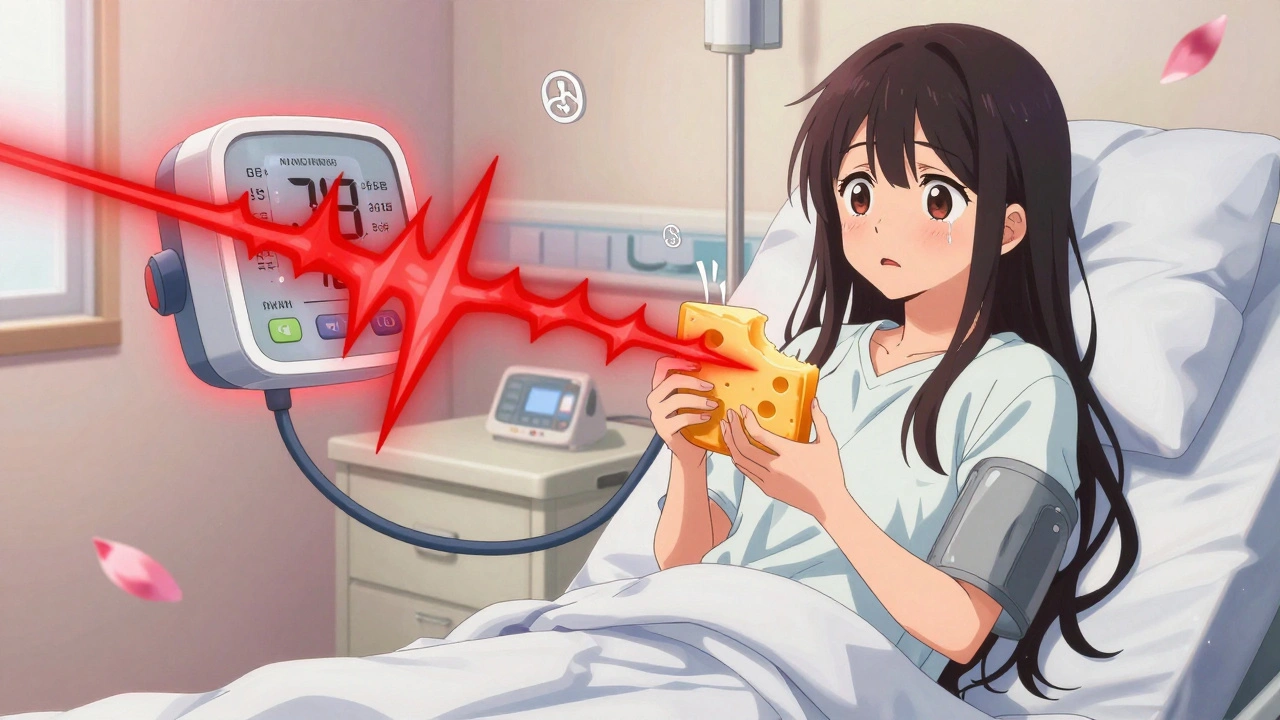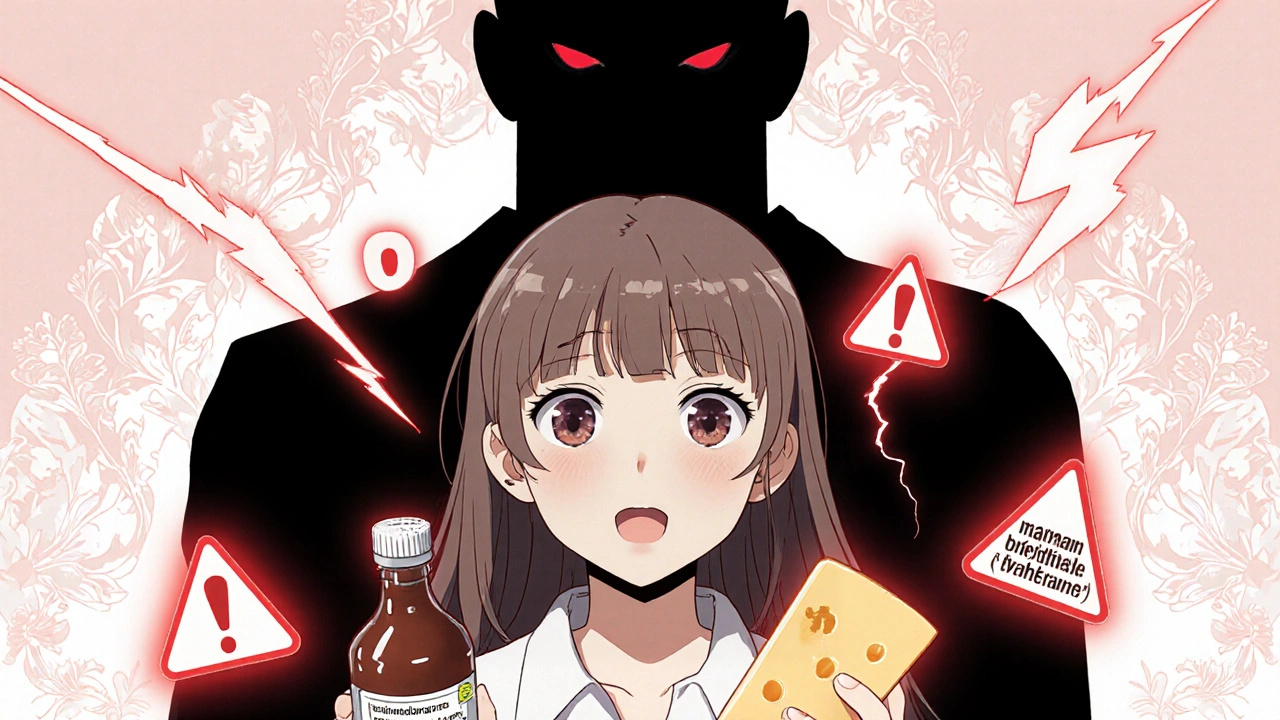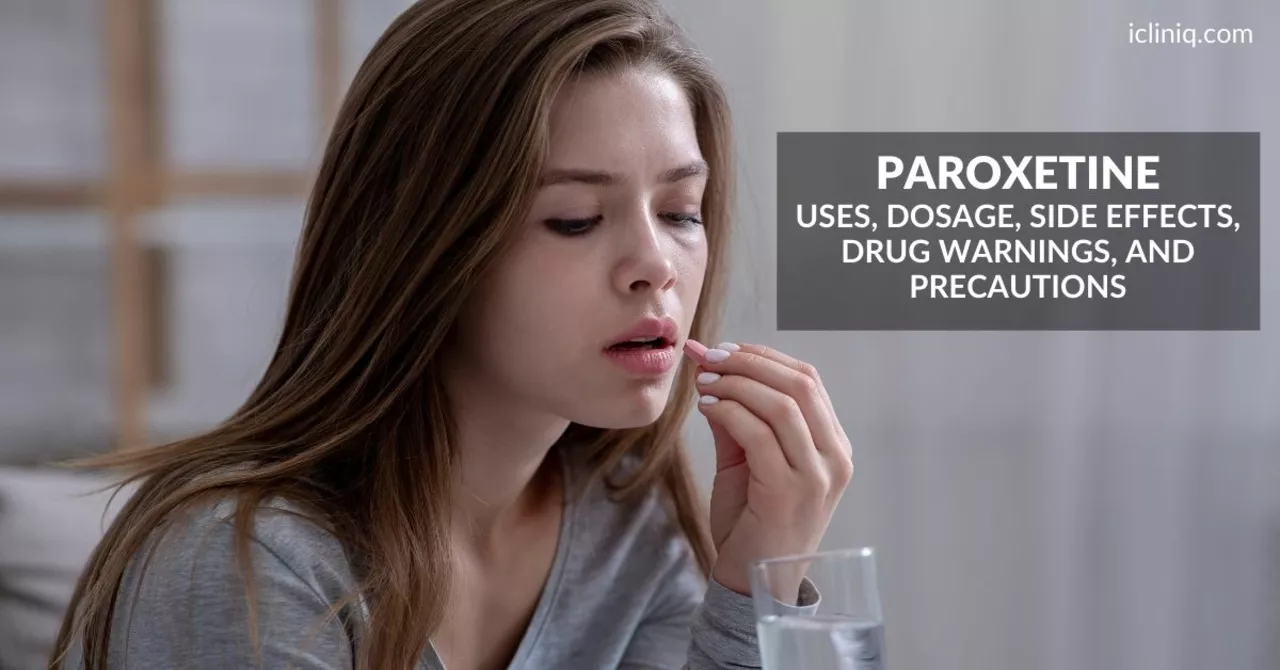Drug interactions: what they are and how to avoid dangerous mixes
Mixing two or more medicines — including supplements or certain foods — can change how well a drug works or cause unexpected side effects. That can mean extra drowsiness, losing control of a chronic condition, or in rare cases, a life-threatening reaction. You don’t need to memorize every interaction. A few habits and a basic checklist will keep you safe.
Most risky combinations to know
Certain combos pop up often in clinics and pharmacies. Know these common patterns and ask your provider if any apply to you:
- Blood thinners (warfarin) + antibiotics or antifungals: some antibiotics raise warfarin levels and increase bleeding risk. Monitor INR and watch for bruising or bleeding.
- Statins + strong CYP3A4 inhibitors (some macrolide antibiotics, certain antifungals, grapefruit): these can raise statin levels and increase muscle or liver harm.
- SSRIs or SNRIs + MAO inhibitors or triptans: mixing can raise serotonin too high, causing agitation, tremor, sweating, or worse. Never combine MAOIs with many antidepressants without careful medical supervision.
- ACE inhibitors or ARBs + potassium-sparing diuretics or supplements: can push potassium too high and affect the heart.
- NSAIDs + ACE inhibitors or diuretics: can reduce blood-pressure control and harm kidneys, especially in older adults or dehydrated people.
- Herbal remedies like St. John's wort: can reduce levels of many prescription drugs, including birth control and some anticoagulants.
Simple habits that prevent trouble
Start with a single, up-to-date list of everything you take: prescription meds, over-the-counter drugs, vitamins, and herbs. Carry it to every appointment and give it to your pharmacist. Pharmacists use interaction-checking software and catch problems fast.
Ask three quick questions when you get a new drug: 1) Any major interactions? 2) Should I avoid foods or alcohol? 3) What symptoms mean I should call you now? If you take medicines at different times of day, ask whether spacing doses helps (some drugs must be separated by hours).
Use trusted online tools (your pharmacy app, official drug databases) for fast checks, but confirm with a clinician before changing or stopping anything. Don’t assume “natural” equals safe—herbal supplements can still interact with meds.
If you notice unusual symptoms after a new medicine — severe dizziness, breathing trouble, fainting, dark urine, sudden bruising or bleeding, severe muscle pain — contact your provider or local emergency services right away. For less urgent concerns, call your doctor or pharmacist and follow their guidance before stopping a prescribed drug.
Small steps — a current med list, a quick pharmacist check, and asking targeted questions — prevent most dangerous interactions. If you want, use CanPharm’s articles and tools to learn about specific drugs and common combos so you can stay one step ahead of trouble.

Severe Hypertensive Crisis from Drug Interactions: What You Need to Know
A severe hypertensive crisis can be triggered by common drug interactions-like antidepressants with cold medicine or cheese with MAOIs. Learn the signs, risks, and how to prevent a life-threatening emergency.

MAO Inhibitors: Dangerous Interactions with Common Medications
MAO inhibitors can save lives-but they can also cause deadly reactions when mixed with common medications, supplements, or foods. Know the risks of serotonin syndrome and hypertensive crisis before taking one.
-
14.11.25 -
Alistair Mukondiwa -
9

Cumulative Anticholinergic Burden: How Common Antihistamines Mix Dangerously with Other Medications
Many older adults take antihistamines daily for sleep or allergies, unaware they’re building up a dangerous drug burden that increases dementia and fall risk. Learn how common meds like Benadryl mix with prescriptions to harm cognition - and what to do about it.
-
12.11.25 -
Alistair Mukondiwa -
12

Nilotinib Drug Interactions: What You Need to Know
As a blogger, I feel it's essential to inform you about Nilotinib drug interactions and what you need to know. Nilotinib is a powerful medication primarily used to treat certain types of leukemia, and it's crucial to be aware of potential interactions with other drugs. Some interactions may alter the effectiveness of Nilotinib or increase the risk of side effects. It's important to always consult your healthcare provider before taking any new medications, including over-the-counter drugs, supplements, and herbal products. By being informed and cautious, we can ensure the best possible outcome when undergoing treatment with Nilotinib.
-
9.05.23 -
Alistair Mukondiwa -
19
- Health and Wellness (58)
- Drug Information (46)
- Pharmacy Information (19)
- Medical Conditions (17)
- Supplements (4)
- Diabetes (3)
- Travel Health (2)
- Parenting (2)
- Mental Health (2)
- Heart Health (1)
-
Retinal Vein Occlusion: Understanding Risk Factors and Injection Treatments
21 Nov 2025 -
Subarachnoid Hemorrhage and Pregnancy: What Expectant Mothers Need to Know
1 Aug 2023 -
Lifestyle Over Statins: Diet, Exercise, and Natural Alternatives to Lower LDL
23 May 2025 -
International ICH Guidelines: How Global Harmonization Improves Medication Safety
31 Dec 2025 -
Hepatitis B: Understanding Chronic Infection, Antiviral Treatment, and Vaccination
20 Nov 2025

12.12.25
Alistair Mukondiwa
13